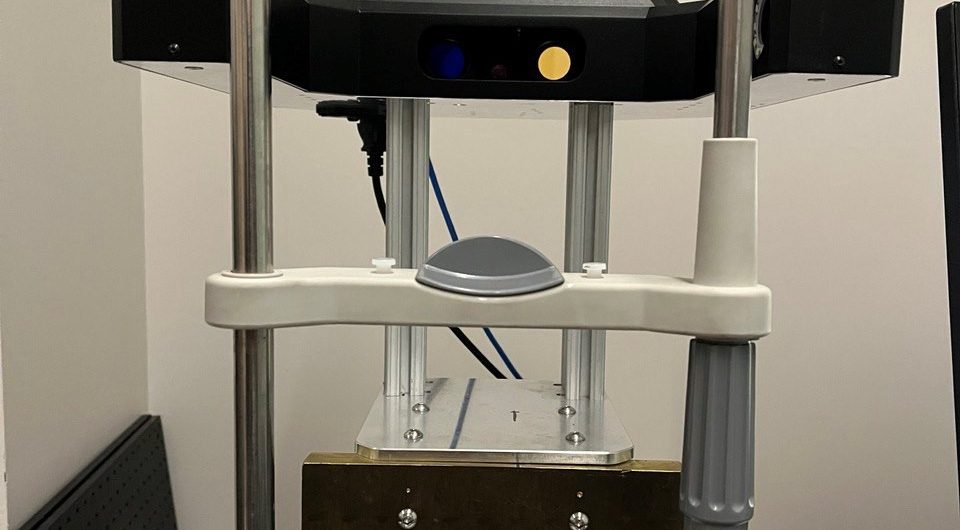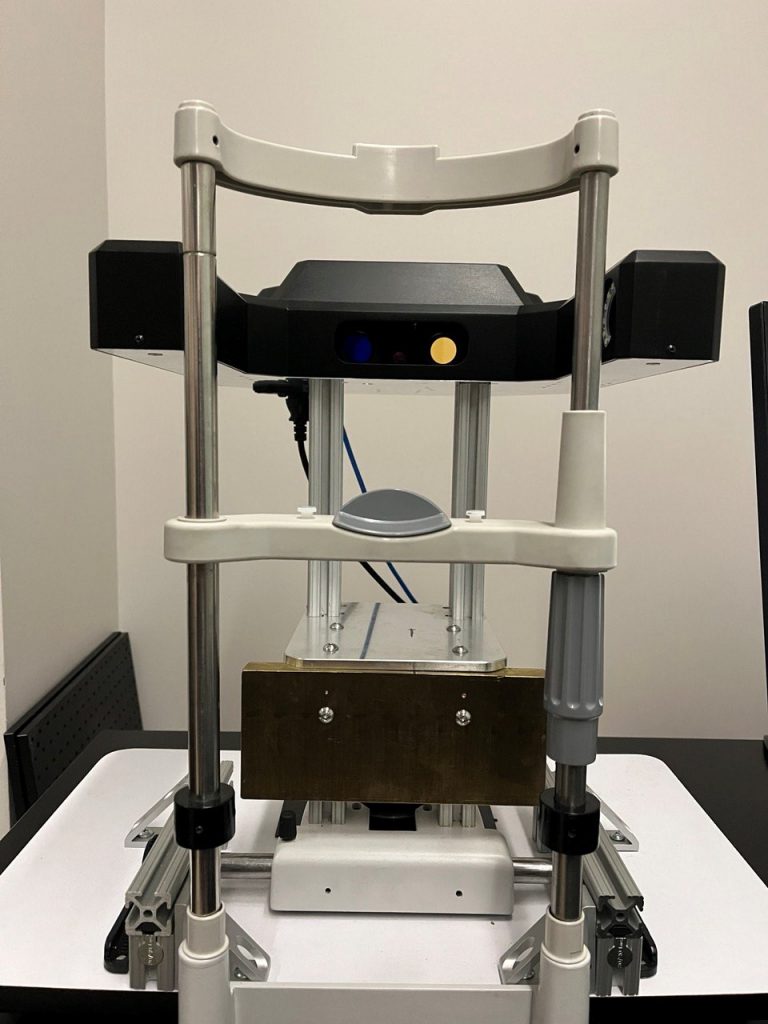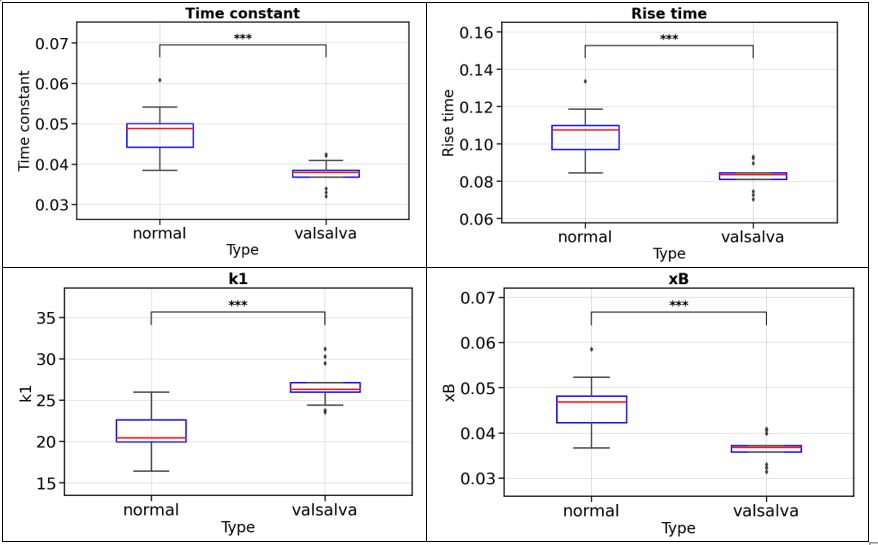 News
News
Non-contact Measurement of Intraocular Pressure (IOP) Via Corneal Deformation…
The Electrical and Electronic Measurement Research Group of Politecnico di Bari, in collaboration with the Optics BioTech Lab of the University of Maryland, has proposed a novel approach for assessing the performance of eye blink dynamics related to intraocular pressure (IOP). This joint research project aims to develop a non-contact method for measuring IOP, thus improving current techniques that need direct contact with the eye and limiting the clinical requirements for IOP assessment.
The study of eye blink dynamics is critical for understanding various ocular conditions, especially in the context of intraocular pressure (IOP). Traditional methods of assessing IOP are invasive and require direct contact with the eye. This research explores a non-contact method for evaluating eye blink dynamics to infer IOP, based on the force exerted by the eyelid during blinking.
The imaging system used in this study consists of an ophthalmology slit lamp equipped with an RGB camera, capable of capturing images at 130 frames per second (FPS). The camera is positioned orthogonally to the participant’s line of sight to capture lateral eye images. The images are acquired with a field of view of 510×638 pixels.
We sought a natural method to increase IOP in a healthy participant to investigate the difference in eye-blink dynamic between normal and elevated IOP. The Valsalva maneuver was identified as an appropriate solution, as it naturally elevates IOP. This maneuver involves forceful expiration against a closed glottis. During the experiment, participants were instructed to blow for 15 seconds while maintaining a pressure of 40 mmHg, measured with an analog manometer. The increase in IOP due to the Valsalva maneuver was verified using the iCare IC200 portable tonometer. Typically, IOP increases from 18 to 25 mmHg in a healthy participant. The experiment included two eye-blinking sessions with the same participant. In the first session, 17 normal blinks and 13 Valsalva-induced blinks were recorded, while the second session included 10 normal blinks and 10 Valsalva-induced blinks.
We hypothesize that the eye behaves like a spring, where the displacement is directly proportional to the force applied. Specifically, when intraocular pressure (IOP) is elevated, the eye is subjected to greater force, resulting in faster movement than normal IOP levels. To analyze this, we fit the corneal displacement using a first-order system response. Thus, the metrics used to see if there is a statistically significant difference between normal and Valsalva blinks are widely employed for first-order systems:
- Time constant : indicates how quickly the eye opens.
- Rise time: measures the time required for the eye to transit from a partially open state (10 %) to a nearly fully open state (90%).
- Bilinear approximation: we approximate the first order system response using two lines and , where and are the slopes and the intersection point of these two lines has coordinates
To determine if there is a statistically significant difference between normal and Valsalva blinks, we performed a two-sample t-test with unequal variance and a significance level of . As anticipated, the dynamics of normal blinks are slower than those of Valsalva blinks. Specifically, the mean values of the time constant, rise time, and the abscissa of the intersection point for normal blinks are higher than those for Valsalva blinks, while the opposite is true for the slope of the first line of the bilinear approximation, . Additionally, the mean values of these metrics for the first session are close to those of the second session, strongly indicating the repeatability of this process.

